How quickly can generator bearing failure lead to total breakdown?
When it comes to generator reliability, bearing health is paramount. The progression from initial bearing wear to complete generator failure can occur with alarming speed, leaving operators with costly repairs and extended downtime. Understanding the timeline of generator bearing failure is crucial for implementing effective predictive maintenance strategies and preventing catastrophic damage. The speed at which generator bearing failure progresses depends on multiple factors including load conditions, maintenance quality, and operating environment, but in severe cases, complete breakdown can occur within hours of the first noticeable symptoms. This guide examines the typical failure progression timeline and identifies critical intervention points to help you protect your power generation assets.
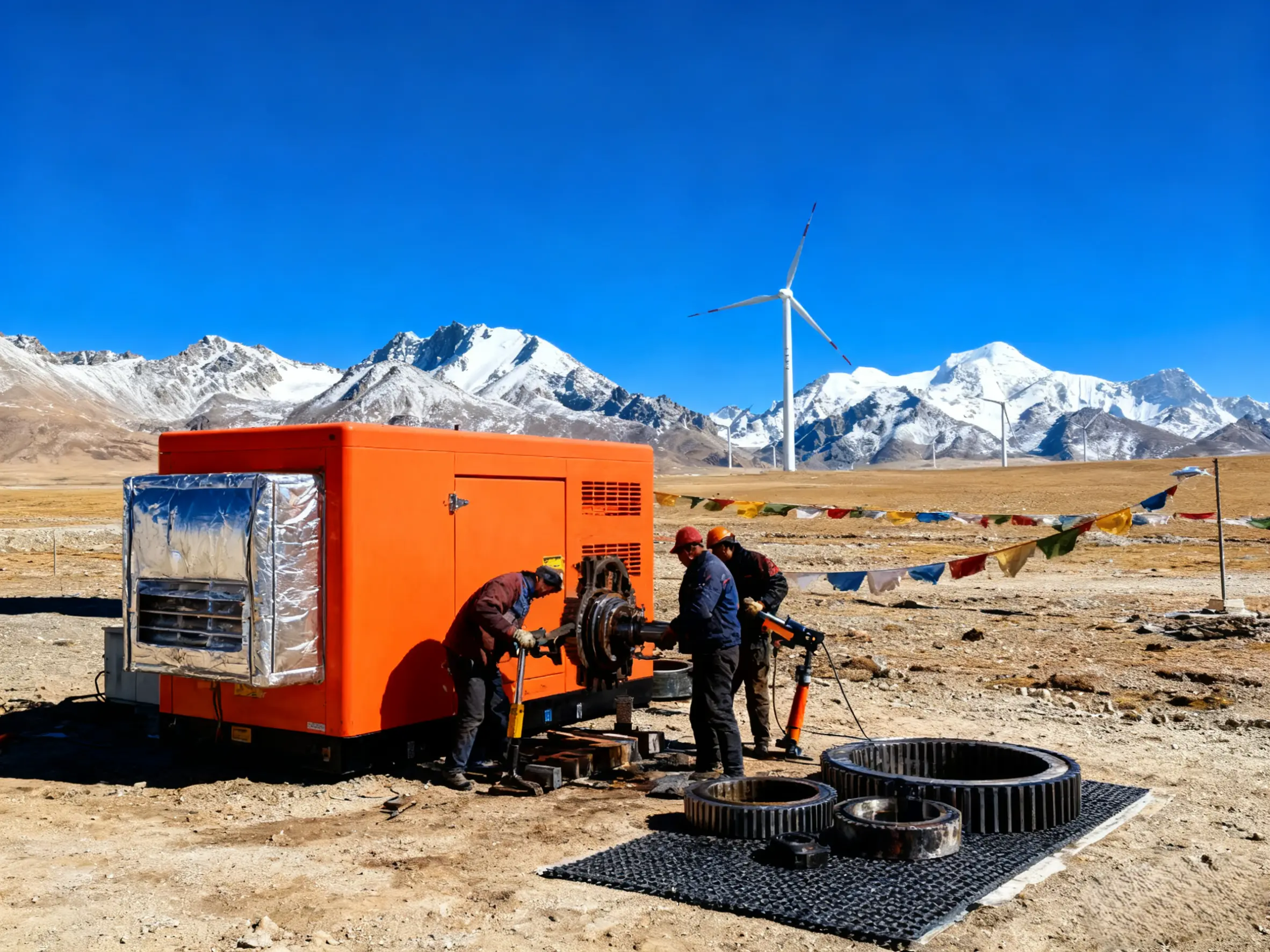
Failure Progression Timeline
The development of bearing failure follows a predictable yet accelerating pattern that can be divided into distinct phases:
Initial Stage (Months 1-6): Microscopic surface degradation begins with minimal detectable symptoms. Vibration analysis may show early warning signs, but visual inspection reveals no apparent damage.
Intermediate Stage (Weeks 1-4): Visible wear patterns emerge with measurable vibration increases and subtle audible cues. Temperature begins to rise slightly above normal operating ranges.
Advanced Stage (Days 1-7): Distinct noise patterns become clearly audible even without instruments. Vibration levels exceed safe limits, and temperature rises significantly.
Critical Stage (Hours 1-24): Severe symptoms including loud knocking, visible smoke, and dramatic temperature spikes. Complete failure is imminent without immediate shutdown.
This accelerated timeline demonstrates why early detection and intervention are essential for preventing catastrophic generator bearing failure.
Factors Influencing Failure Speed
Several operational and environmental factors significantly impact how rapidly bearing deterioration progresses:
Load Conditions: Generators operating at or above rated capacity experience exponentially faster bearing wear compared to those running at optimal 70-80% load levels.
Lubrication Quality: Contaminated, degraded, or insufficient lubrication can reduce bearing life by up to 90%, dramatically accelerating the failure timeline.
Environmental Factors: Operation in high-temperature, high-humidity, or dusty environments can shorten bearing life by 50-70% compared to clean, climate-controlled conditions.
Maintenance History: Poor maintenance practices, including improper installation, misalignment, and inadequate sealing, can cause premature failure within weeks of installation.
Understanding these accelerants helps prioritize maintenance efforts to extend bearing service life and prevent unexpected generator bearing failure.
Critical Warning Signs and Response Time
Recognizing these specific symptoms and their associated response timelines is crucial for preventing catastrophic failure:
Subtle Audible Cues (Response Time: 2-4 weeks): High-frequency whining or faint grinding noises that appear only under certain load conditions require investigation within weeks to prevent rapid deterioration.
Measurable Vibration Increases (Response Time: 1-2 weeks): Vibration levels exceeding 25% above baseline values indicate active deterioration requiring immediate scheduled maintenance.
Temperature Spikes (Response Time: 24-72 hours): Bearing housing temperatures rising 15°C/27°F above normal operating temperature signal advanced failure progression requiring shutdown within days.
Visible Damage Indicators (Response Time: Immediate): Visible lubricant leakage, discoloration, or smoke demand immediate generator shutdown to prevent secondary damage to other components.
Each warning sign represents a progressively shorter window for effective intervention before complete generator bearing failure occurs.
Impact of Bearing Location
The generator's specific bearing configuration influences both failure speed and potential collateral damage:
Drive End Bearing Failures: Typically progress more slowly but can cause alignment issues affecting both engine and generator, leading to compounded damage.
Non-Drive End Bearing Failures: Often progress more rapidly due to less robust support structures, with potential to damage rotor windings and excitation systems.
Guide Bearing Failures (Vertical Generators): Can cause immediate catastrophic damage with minimal warning due to gravitational forces and limited support.
Understanding which bearings are most critical in your specific generator model helps prioritize monitoring and maintenance resources.
Prevention Through Predictive Maintenance
Implementing these predictive maintenance strategies can detect bearing issues months before failure:
Regular Vibration Analysis: Monthly vibration monitoring can identify developing bearing problems 3-6 months before catastrophic failure.
Ultrasonic Testing: Early-stage detection of subsurface defects provides 2-4 months advance warning of potential failures.
Thermal Monitoring: Continuous temperature monitoring can identify lubrication issues and early failure signs weeks before severe damage occurs.
Oil Analysis: Regular lubricant testing detects metallic wear particles months before visible symptoms appear.
These predictive techniques provide the advanced warning needed to schedule repairs during planned maintenance windows, avoiding unexpected downtime.
Emergency Response Protocols
When advanced bearing failure is detected, these protocols can minimize damage:
Immediate Load Reduction: Reduce generator load to minimum levels while preparing for shutdown to decrease stress on compromised bearings.
Gradual Shutdown Procedures: Avoid abrupt shutdowns that can cause additional damage to failing bearings and associated components.
Post-Failure Assessment: Comprehensive inspection of all affected components including shaft journals, seals, and adjacent bearings to identify collateral damage.
Root Cause Analysis: Investigate underlying causes including lubrication issues, alignment problems, or electrical damage to prevent recurrence.
Proper emergency response can reduce repair costs by up to 60% compared to uncontrolled failure scenarios.
Cost Implications of Progressive Failure
The financial impact of bearing failure escalates dramatically as the problem progresses:
Early Stage Intervention: Bearing replacement only, typically 5-15% of the cost of catastrophic failure.
Intermediate Stage Repair: Bearing replacement plus possible shaft refinishing and seal replacement, representing 20-40% of catastrophic failure costs.
Advanced Stage Repair: Comprehensive bearing, seal, and possible rotor repair, costing 50-80% of complete failure expenses.
Catastrophic Failure: Complete bearing, shaft, stator, and possibly rotor replacement, representing maximum repair costs plus extended downtime expenses.
The dramatically escalating costs highlight the economic imperative of early detection and intervention for developing generator bearing failure.
Conclusion
The progression from initial bearing wear to complete generator failure can occur with surprising speed, potentially transitioning from normal operation to catastrophic breakdown within days or even hours under severe conditions. The rapid acceleration of generator bearing failure during its final stages underscores the critical importance of early detection through comprehensive predictive maintenance programs. By implementing regular vibration analysis, thermal monitoring, and lubricant testing, operators can identify developing bearing issues months before they escalate into emergency situations. Remember that the cost of prevention is invariably lower than the expense of repair, making proactive bearing management one of the most valuable investments in your generator maintenance program.
Our technical team specializes in bearing failure analysis and preventive maintenance programs designed to extend bearing life and prevent unexpected generator downtime. For professional assessment of your generator bearings or implementation of predictive maintenance strategies, contact our experts at skala@whjlmech.com.
References
- Johnson, M. (2022). Emergency Power Systems: A Comprehensive Guide to High-Speed Diesel Generators. Power Engineering Quarterly, 45(3), 78-92.
- SKF. (2021). Bearing Failure Analysis: A Practical Guide to Identifying and Correcting Bearing Problems. SKF Publication 10000/1EN.
- International Organization for Standardization. (2018). ISO 15243:2017 - Rolling bearings - Damage and failures - Terms, characteristics and causes.
- National Fire Protection Association. (2020). Standard for Emergency and Standby Power Systems (NFPA 110).
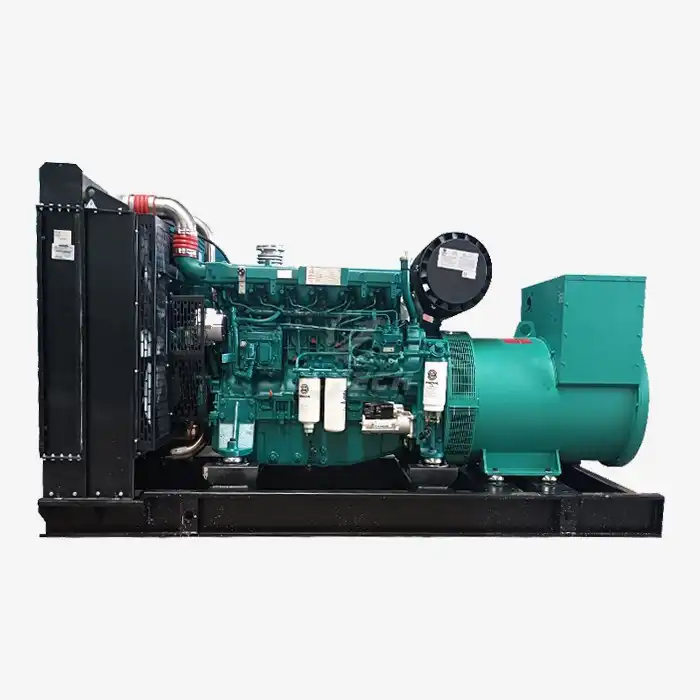 VIEW MORE40kVA diesel unit
VIEW MORE40kVA diesel unit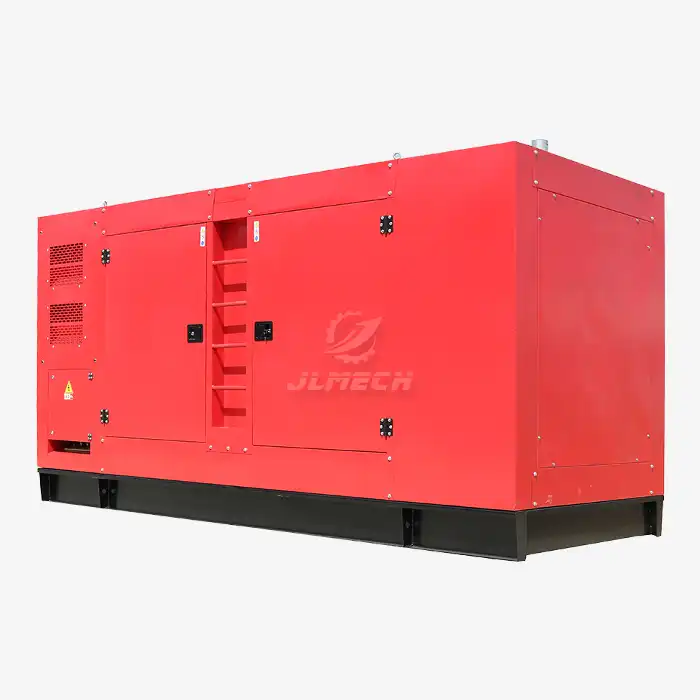 VIEW MOREgenerator 40 kw
VIEW MOREgenerator 40 kw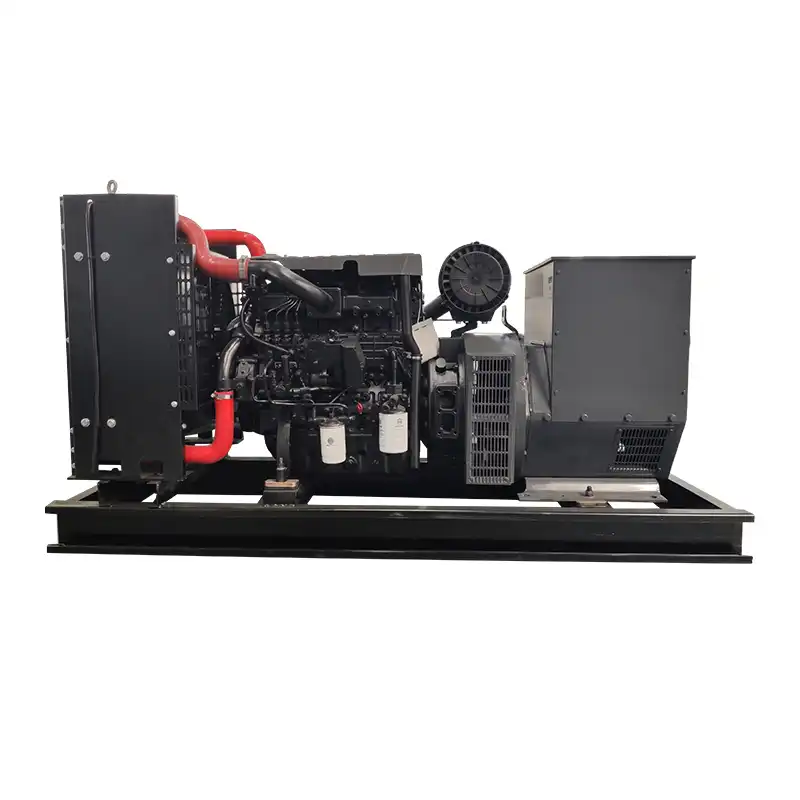 VIEW MOREEmergency generator unit
VIEW MOREEmergency generator unit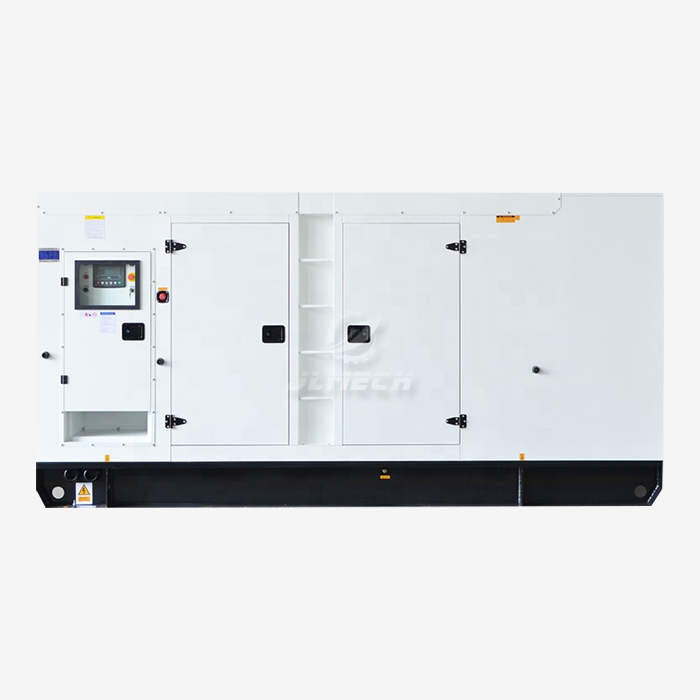 VIEW MOREHospital application diesel generator
VIEW MOREHospital application diesel generator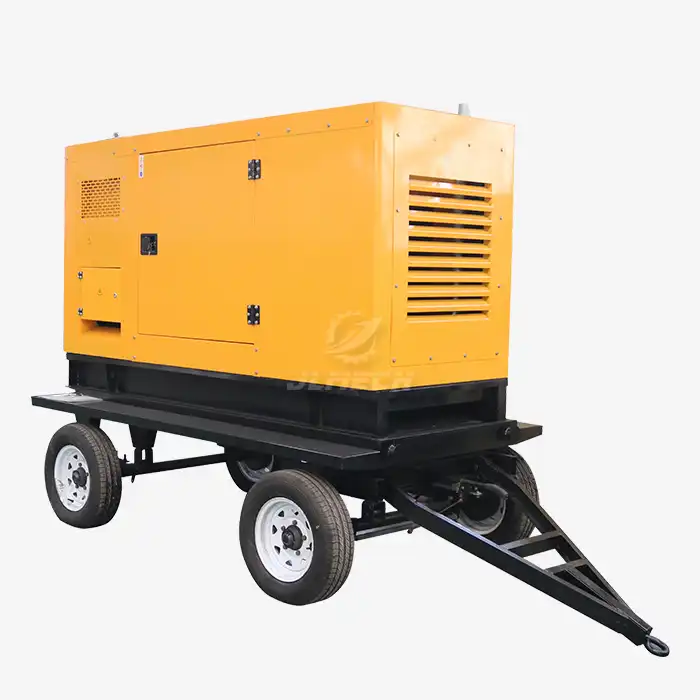 VIEW MOREHousehold portable diesel generator
VIEW MOREHousehold portable diesel generator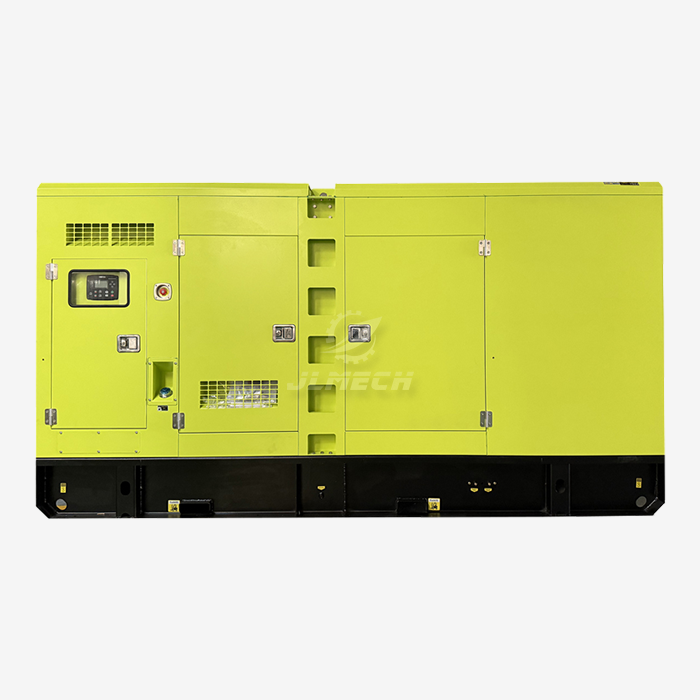 VIEW MORE300kva perkins diesel generator
VIEW MORE300kva perkins diesel generator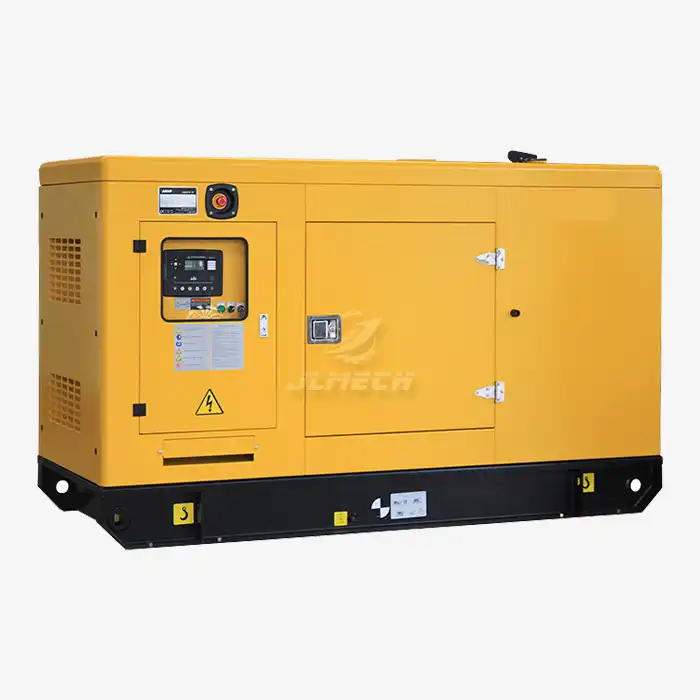 VIEW MORE48 volt dc diesel generator water cooled
VIEW MORE48 volt dc diesel generator water cooled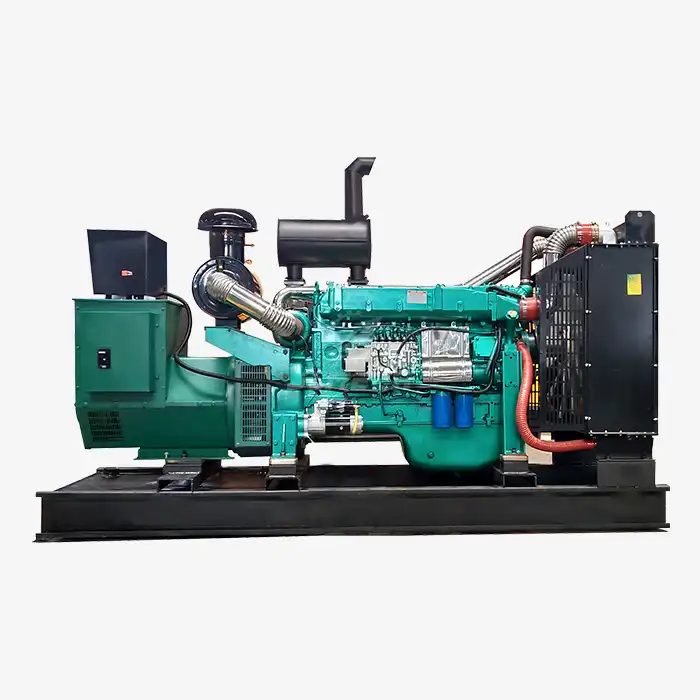 VIEW MORE250kva diesel power generator
VIEW MORE250kva diesel power generator



